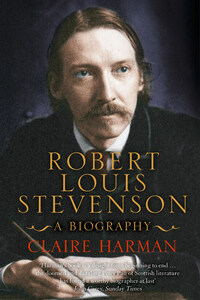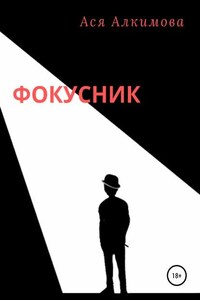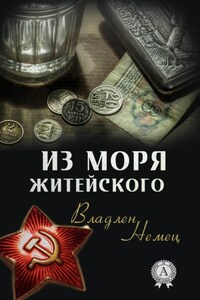Robert Louis Stevenson has always been a popular author but never a canonical one. The Strange Case of Dr Jekyll and Mr Hyde, Treasure Island, Kidnapped, A Childâs Garden of Verses â four very different popular classics â have not appeared on syllabuses of nineteenth-century literature until very recently. The critical consensus up to the last twenty years or so seems to have been that Stevensonâs works were not quite âliteraryâ enough to study.
This has been an odd fate for a man who was thought to be, by his contemporaries in the 1870s, the star of his generation, an English stylist of giddying promise, an Elia for the fin-de-siècle. In his hands, the personal essay seemed to be coming to perfection in an arresting combination of high polish and novel directness, while aphorisms poured from his young mouth straight into the dictionaries of quotations. His influential friends in the world of letters, William Ernest Henley, Sidney Colvin, Leslie Stephen, Henry James and Edmund Gosse, all waited eagerly for the masterpiece. Would he excel as an essayist? a playwright? a poet? a historical novelist to equal Sir Walter Scott? His rivals watched him carefully too, none more so than Thomas Hardy, Stevensonâs fellow heir-in-waiting to George Meredith in the 1880s, and Joseph Conrad, keen to distance himself, after Stevensonâs death, from a writer he feared had influenced him too much.
Stevensonâs impatience with his friends was clear when, after the publication of Dr Jekyll and Mr Hyde, they began to lament his decline into mass popularity. Making money was of more immediate importance to the invalid author than the production of âdamned masterpiecesâ, however much he would have liked to fuse the two if possible. Though he looked like a dilettante, a flimsy âArielâ (as Henley and Colvin both described him), Stevenson was a highly professional writer and produced hundreds of works: essays, poems and articles, melodramas, polemical pamphlets and some thirty full-length books, among which were works as diverse as New Arabian Nights, The Ebb-Tide, Prince Otto and In the South Seas. None of these is read much any more, but then neither are his most celebrated books: Dr Jekyll and Mr Hyde and Treasure Island are so well-known that they hardly require to be read at all. We all understand what âJekyll-and-Hydeâ signifies, and Long John Silver is more real to most people than any historical buccaneer. So in some senses, Stevensonâs neglect has come at him from more than one direction.
We think of writersâ careers in terms of what they publish; they think of what they have written, or intended to write. For a variety of reasons, Stevenson made a great many beginnings and relatively few ends. The extent of his unfinished works only began to be clear with the publication of Roger Swearingenâs Guide to the Prose Writings of Robert Louis Stevenson in 1980, and was dramatically confirmed by the wealth of new evidence presented in the eight-volume Yale edition of The Letters of Robert Louis Stevenson, published in 1994â95, the most substantial and revealing addition to the Stevenson canon since the authorâs death. Stevenson emerged from the new Letters not just as an outstanding practitioner of the form but as a man of penetrating intelligence and strong feelings, with a wide range of interests, a volatile attention span, powerful ambition to succeed and a constant, pressing desire to earn money. He appeared more quirkily humorous than before, but also more vulnerable, for this most eloquent of writers turns out to have been a slave to writerâs block, strangely fixated on his second-rate works and casual about his best ones, always anxious that his chosen profession was neither very admirable (unlike his engineer familyâs) nor very sustainable.
The sense of urgency about establishing himself as a writer that Stevenson felt and his friends shared was sharpened by their concept of him as doomed to die young. From infancy, Stevensonâs health had been poor, his physique underdeveloped, his ailments (watched over with undue care by hypochondriac parents) legion. No wonder he became convinced of his own short lease on life, and perturbed at the thought of âoutlivingâ it into maturity, even old age. The effects on his writing were transparent: if difficulties presented themselves, he was tempted â felt almost licensed â to bail out. Hence his biography of Hazlitt, his history of the Act of Union, biography of Viscount Dundee and novel about the Peninsular War are just four of dozens of unfinished









